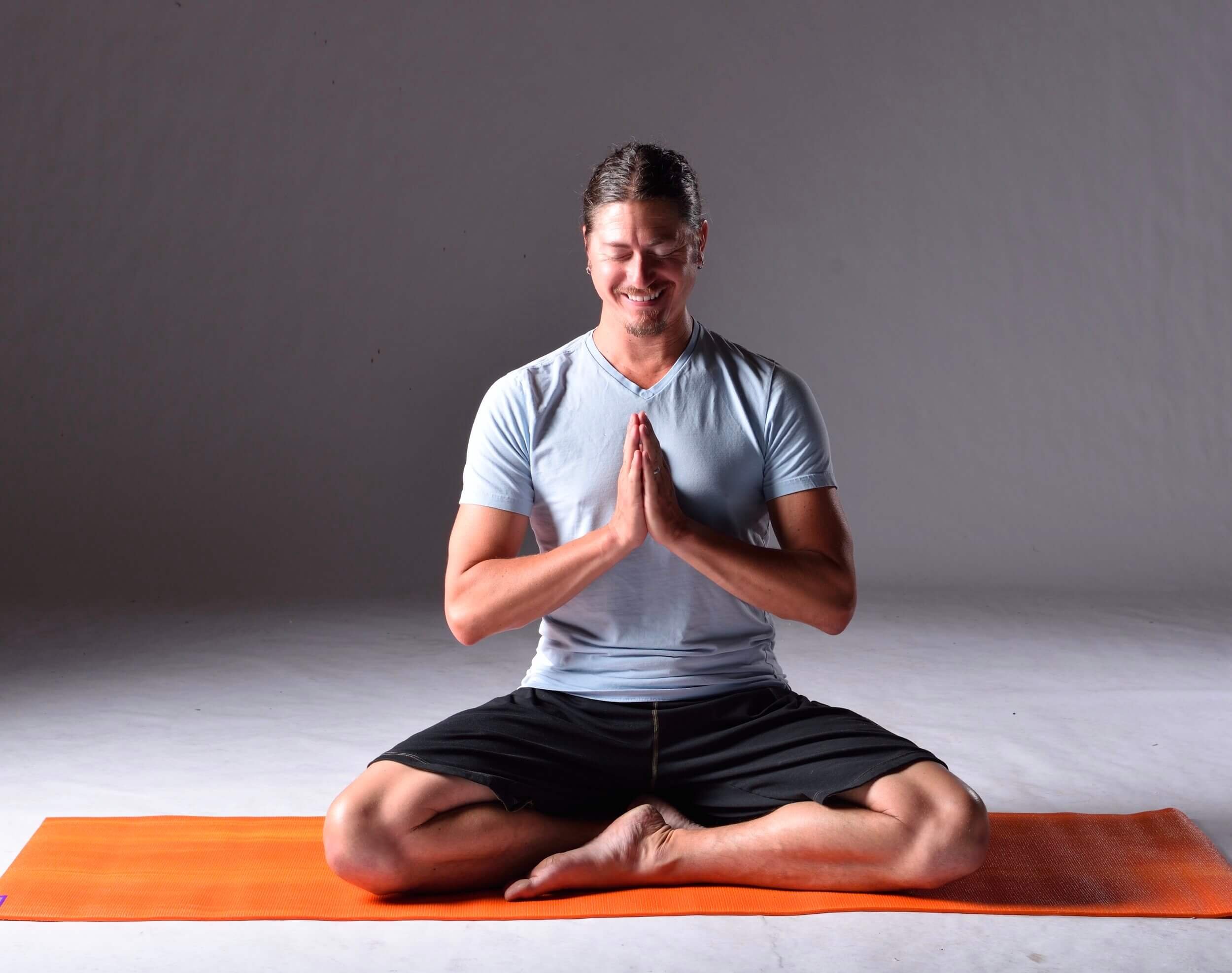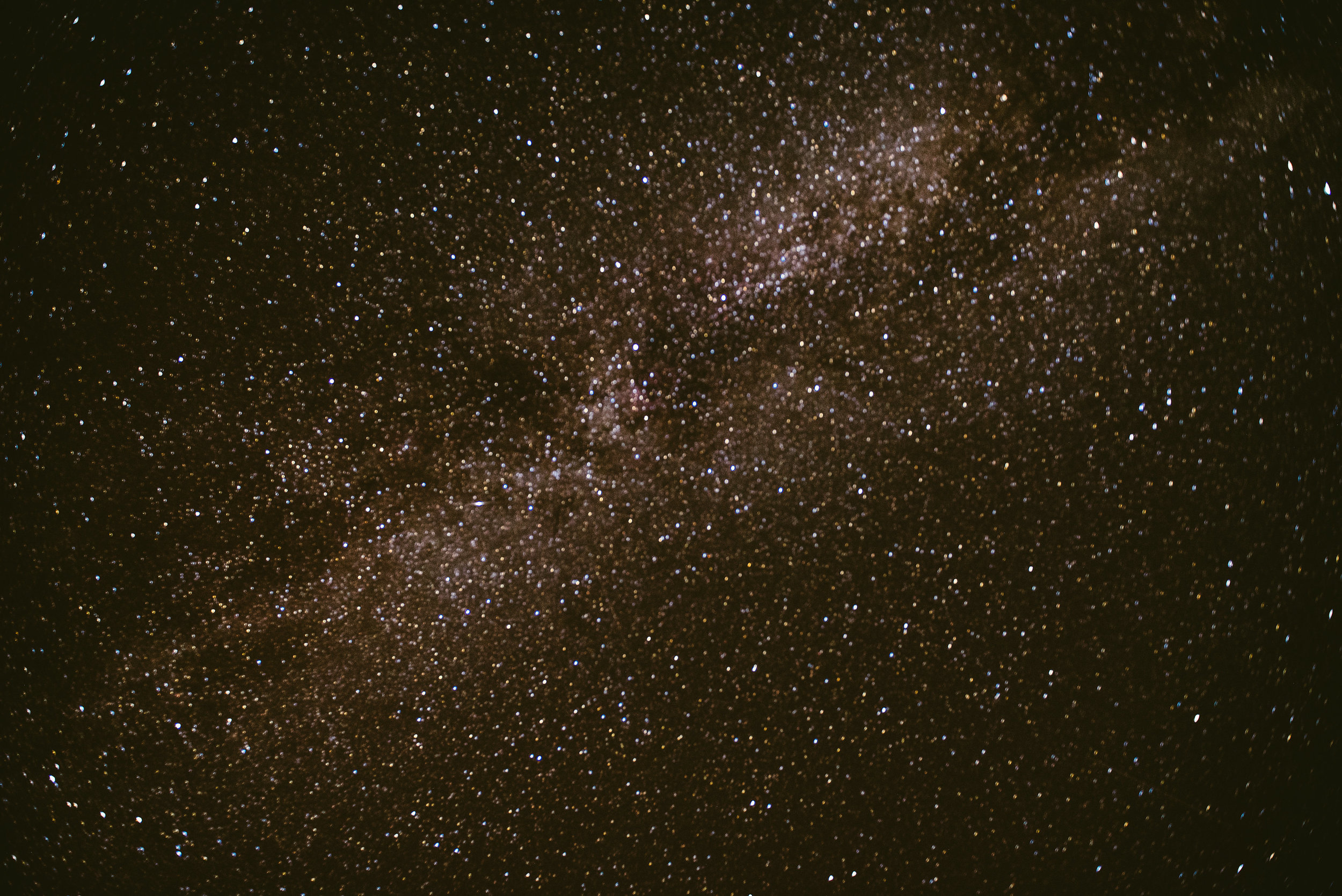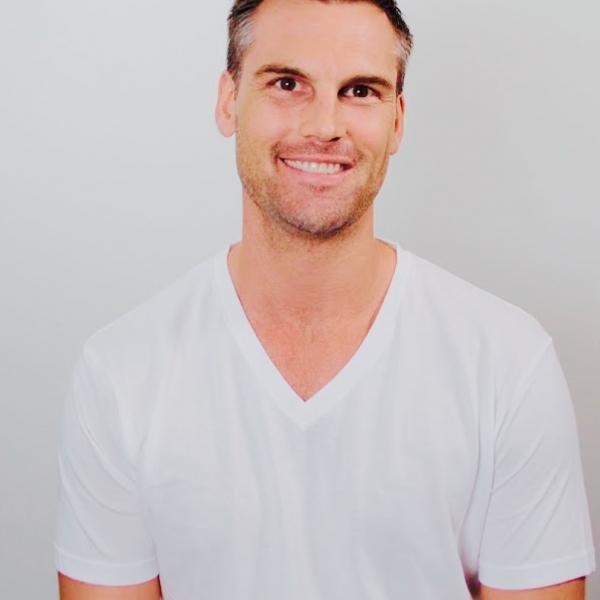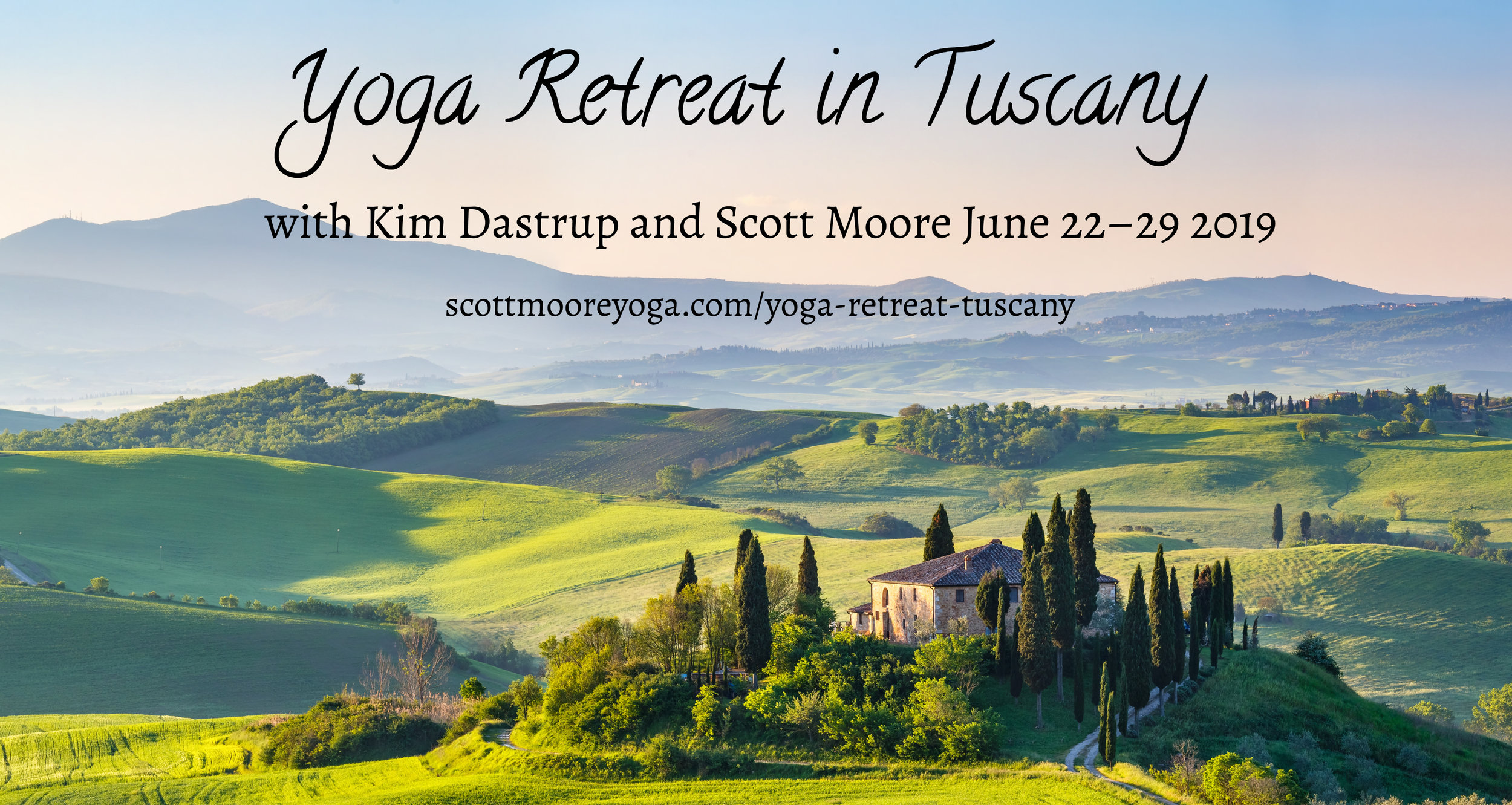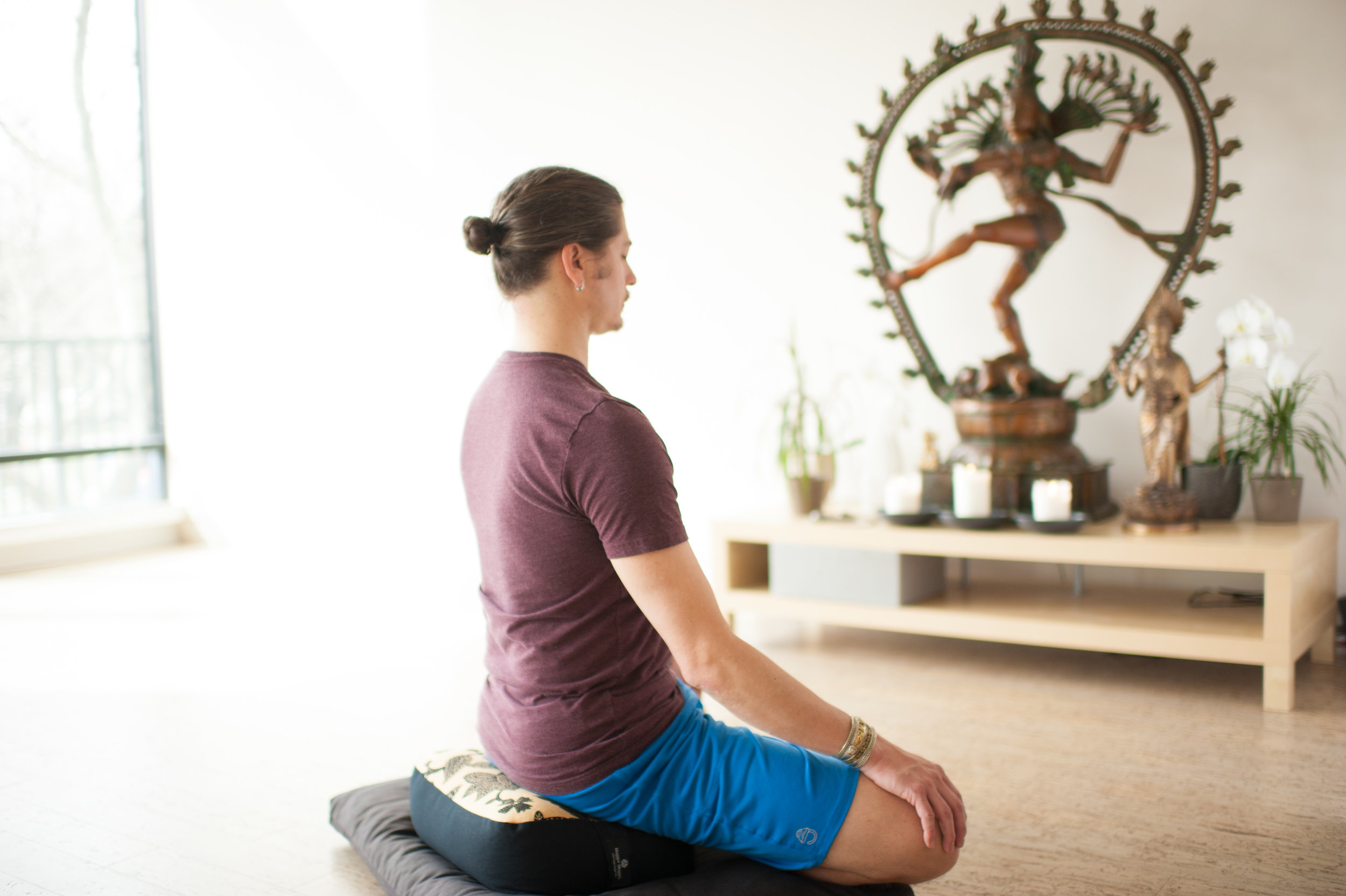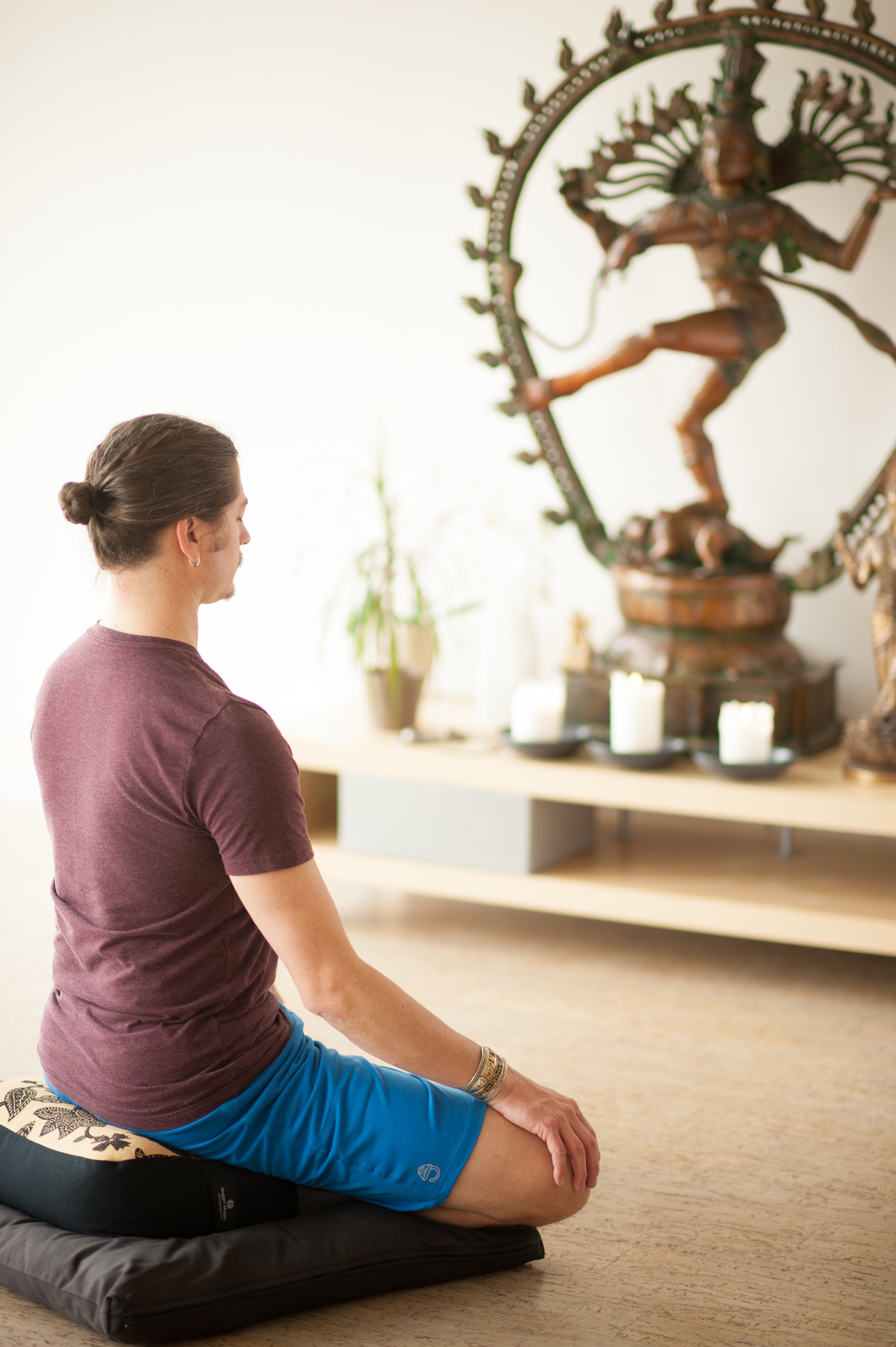My friend and fellow teacher, Rachel Posner, wrote something wonderful that I really wanted to pass along about fear and the neuroscience of fear. I have a deep respect for her work. Please take a look.
Reposted with permission.
This blog is not about influencing how you feel about the coronavirus. It’s not about giving you any facts, numbers, percentages or travel advice. And it’s not about comparing your chances of getting the virus to getting another flu, SARS, or any other disease for that matter. All I want to do is help you feel more relaxed so that you can gain perspective and approach the news with a clear head. Because the news is sensational! It’s about grabbing your attention. And what all reporters know is that nothing grabs our attention as quickly as fear. We are simply wired to pay attention to fear. Your brain spends the whole day looking for danger and then works to protect you from it. Unfortunately, your brain is not as discerning as it should be and is easily scared and prone to making up stories. Like an overprotective parent, it tries to protect you when you don’t need protecting and gets you to make decisions that aren’t always in your best interest.
If you’re feeling stressed about the coronavirus, or really anything for that matter, I recommend you check in with your nervous system. Why? Because when you’re in the fight/flight/freeze response, you can't see clearly; literally or figuratively. When you get scared or anxious, often your sympathetic nervous system turns on, narrowing or blurring your vision, sending adrenaline and cortisol into your system and readying you to act. But if you don’t “act” or you feel that there’s nothing you can “act” on, you can get stuck in the fight/flight/freeze response.
Let me give you an example:
You’re 2 hours into, “breaking news” on the television or you’ve clicked on the “coronavirus live update” for the 10th time today and you’re starting to get really worried. What started out as a natural curiosity and concern has shifted to perseverating thoughts, bodily discomfort and tension and fear for yourself and your loved ones. If you’ve made it to this stage, the likelihood is high that you have entered into the stress response. Because your limbic system is highly activated, the perspective taking and decision making networks in your brain are offline making it difficult to think and act appropriately. Your system is flooded with cortisol and adrenaline, you’ve got tunnel vision, unable to see the big picture and your immune and digestive systems (along with all the other non-emergency systems) are suppressed. You’re stuck in a chronic stress response and you are likely in a state of fear. Which brings me to the point I want to make today:
The power of fear is a greater threat than the coronavirus.
Fear suppresses your immune system, narrows your perspective, stops you from making good decisions, increases anxiety and bodily tension, causes emotional dysregulation and premature aging (just to name a few).
So if you really want to protect yourself from coronavirus, be informed without being inundated. When we act we build resilience and confidence. So in terms of the virus, follow all of the WHO’s recommended protective measures: wash hands frequently, avoid touching your face, practice respiratory hygiene, pay attention to the general advisories, and most importantly, be discerning when it comes to the information you are taking in.
You do not need to have the news on all night, or read 37 articles a day to stay informed and follow precautions.
Once you understand what you can do to act, it’s time to practice mindfulness.
Here are 5 tips to help you get a handle on fear:
1. When you’re feeling stressed, take a pause and get mindful. Acknowledge that you are stressed, and pause to notice what’s happening in your mind and body. Just name it: I’m noticing a feeling of……. You don’t have to get wrapped up in the story, you are just naming how you feel without judging it. Acknowledging thoughts and emotions can help us to become observers of those thoughts and emotions. Notice the difference between how it feels to say, “I am noticing a feeling of fear” versus, “I’m afraid”.
2. Get Grounded. Notice the places in your body that are in contact with support (the ground, a chair, couch, bed, etc.) As you exhale, let the weight of your body drop down into that support. Cultivate a feeling of weightiness and grounding. Take a few more breaths staying focused on those contact points. Getting grounded helps your thoughts to settle and can interrupt and decrease worrying.
3. Notice the way you are breathing. Begin by lengthening your exhale. Make the exhale at least as long as your inhale - longer if it’s comfortable. Then notice if you feel most of your inhale in your chest. Try to drop the breath down and expand your belly as you inhale so that you are engaging your diaphragm. A diaphragmatic breath followed by a long exhale will activate your parasympathetic nervous system and turn on your relaxation response.
4. Notice the sensations in your body. Move from your feet to the crown of your head, one body part at a time and consciously notice any sensations that are present. Paying attention to the sensations in your body can deepen the mind/body connection, distract your mind from cyclical thoughts and help inhibit the stress response.
5. Place a hand on your heart or your cheek and bring in a feeling of self-care and self-compassion; a genuine wish to alleviate your suffering. If it feels difficult to offer yourself compassion, bring to mind someone you care for deeply and imagine that you are sending them love and compassion. You are not focusing on suffering itself, only a genuine desire to be free from suffering. Compassion inhibits the stress response and activates networks in your brain involved in perspective taking and decision making. It can also release oxytocin and dopamine, leaving your feeling happier.
If you’d like a little help, you can open this audio meditation and I’ll guide you through it.
Some of you have asked about the Costa Rica retreat. It is still on! If I can help alleviate your fears, don’t hesitate to reach out!
That said, I am on my way to a Vipassana retreat and will be completely offline from March 11-22. If you have questions about the retreat I will happily respond when I return or click here to email my retreat partner Beck.
Wishing you a calm, fear-free day, and so much love!
https://www.rachelposner.com/blog























